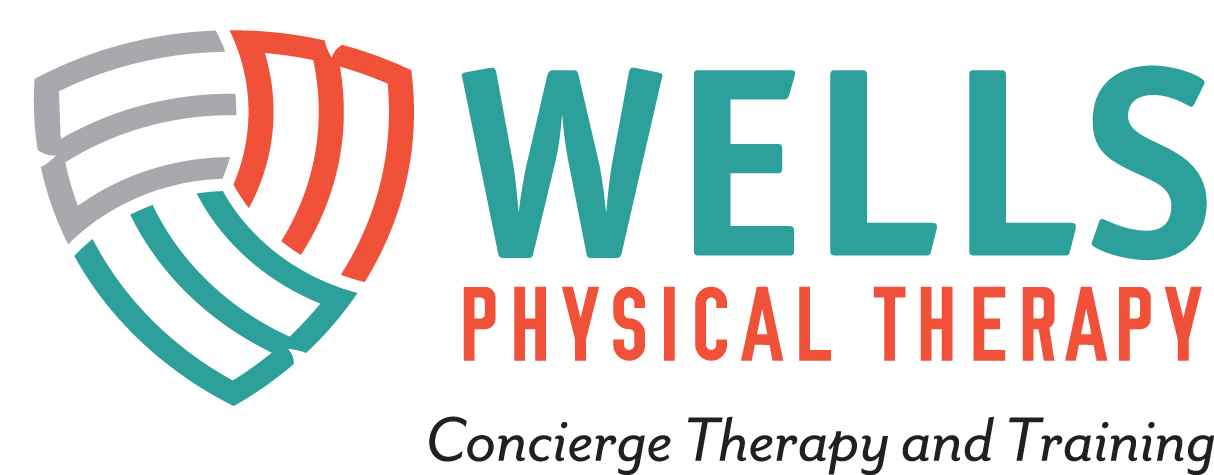Unless you have been living under a rock the last 5 years, the gluten free movement has produced massive shifts in product lines, menus, and people. Gluten, a protein, found in wheat has been around for thousands of years. How did it go from an essential food, in some areas of the world, to a eschewed substance of inflammation and disease?
Let us start first with facts: gluten allergies occur in less than 1% of the population. Those allergic can have skin rashes, intense gut pain, diarrhea, weight loss, and malnutrition. A researcher studying children in Belgium after World War II saw these findings in young kids after their country went from near famine to feasting on poinds of bread. Shortly after, the substance gluten was isolated and taken out of their diets to improve the kids' symptoms: it worked and so started the investigations that lead to celiac disease.
Celiacs disease is an inflammatory bowel disease due to gluten. The gold standard diagnostic test is a gut biopsy. Celiacs disease is autoimmune in nature; the body attacks the gut as gluten passes through after consumption. Celiacs was well-known in Europe for decades, perhaps due to its identification in Belgium. In the United States, little was known about celiacs, let alone gluten, save for the last decade and a half. The question that remains with many: can you have gluten sensitivity and not an allergy?
Many doctors and researchers are binary regarding gluten's issues. Some strongly feel that gluten wrecks havoc on your gut, promotes inflammation, and can promote other diseases like obesity. Unfortunately, the studies for such notions are limited in scope, small in size, or flawed in their methods. In many studies, participants are given doses of isolated gluten to eat, which is unrealistic given we eat whole foods. As we eat whole wheat bread, for instance, any inflammation boosted by gluten is more than negated by the whole wheat's anti-inflammatory properties such as vitamins, fiber, and sterols. Moreover, several studies have highlighted how taking out a whole grain products, like wheat, can negatively impact your heart disease risk, gut, and blood profile. Gluten free (GF) options tend to be low in fiber, higher in sugar, and cost 3 times as much as regular products. As such, going GF may not be a best option for you. Regardless, people will still state they feel better without gluten, or at least moderated gluten consumption. This makes sense, as if you ate any food excessively you likely with see several side effects. Eat 2 bags of broccoli and you will likely have gas and bloating from the sulfur.
Why do TV doctors, oddball neurologists, some dieticianss, and even a few PTs recommend all their patients avoid gluten? Misinformation perhaps, or simply it is popular. Do the right the thing: ask questions, seek answers through testing and elimination dieting, and enjoy this great Freakanomics podcast: The Demonization of Gluten http://freakonomics.com/podcast/demonization-gluten/






